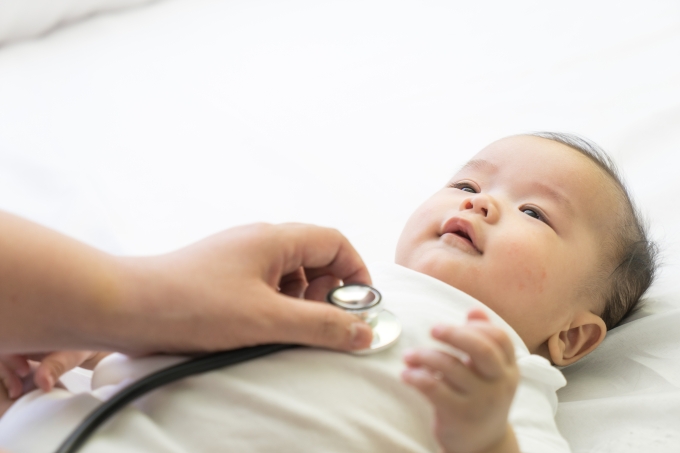Ebstein’s Anomaly
Overview
The tricuspid valve is the gate between the heart's upper right chamber (the right atrium) and its lower right chamber (the right ventricle). In Ebstein’s anomaly, the tricuspid valve is abnormally developed. The abnormally developed valve may hinder blood flow into the right ventricle. It may also fail to close properly, allowing blood to leak backward (regurgitate) into the right atrium. Ebstein's anomaly may also be associated with pulmonary atresia, in which the lung (pulmonary) valve does not open or may be missing.
Progression and possible complications
Ebstein's anomaly has a very wide spectrum of clinical presentation, from a baby who is profoundly ill and has bluish discoloration (cyanosis) of the skin at birth to a generally healthy child whose defect is discovered later in adulthood. The tricuspid valve’s malfunction can lead to enlargement of the heart’s right atrium. In addition, Ebstein's anomaly is associated with a tendency for abnormal heart rhythms.
In severe cases, pressure in the right atrium may cause poorly oxygenated blood to cross through a small hole in the heart to the left atrium. When blood that’s low in oxygen in the right atrium crosses into the left atrium, there’s bluish discoloration of the red, oxygen-filled blood in the left atrium. The bluish-colored blood can cause bluish discoloration of the child's skin.
Treatment
In cases of significant narrowing or obstruction (stenosis) or leakage (regurgitation) of the valve, surgery may be performed to reposition the opening of the valve toward a more normal location and relieve any obstruction. In addition, abnormal heart rhythms may be improved with medications or by a procedure that destroys the heart tissues that are causing the abnormal heart rhythm. The procedure uses a thin, flexible tube (catheter) that is threaded to the heart through the arteries to send radiofrequency waves into the heart. The waves destroy the atrial tissue that is causing the abnormal rhythm.

Children's Heart Health
Information for parents of children with pediatric heart conditions. Read more about conditions, tests, and treatments for congenital heart disease.